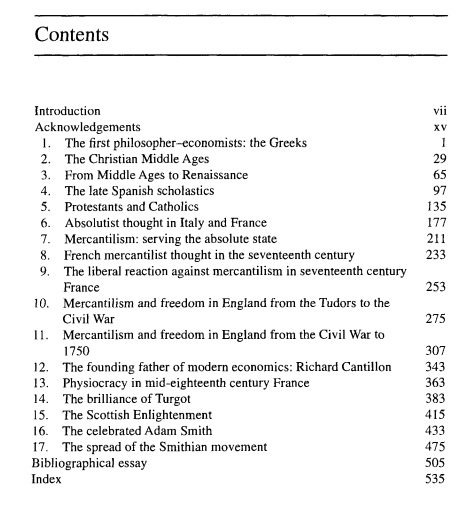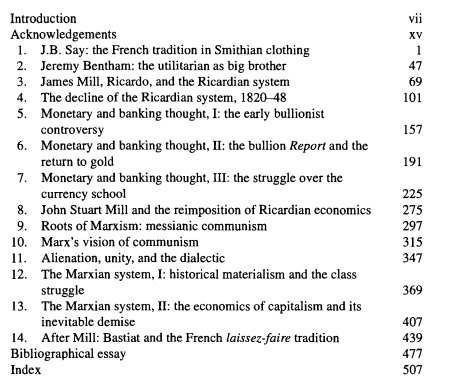3 CUOTAS SIN INTERÉS - ENVÍO GRATIS a partir de 85.000
3 CUOTAS SIN INTERÉS - ENVÍO GRATIS a partir de 85.000
3 CUOTAS SIN INTERÉS - ENVÍO GRATIS a partir de 85.000
3 CUOTAS SIN INTERÉS - ENVÍO GRATIS a partir de 85.000
3 CUOTAS SIN INTERÉS - ENVÍO GRATIS a partir de 85.000
3 CUOTAS SIN INTERÉS - ENVÍO GRATIS a partir de 85.000
3 CUOTAS SIN INTERÉS - ENVÍO GRATIS a partir de 85.000
3 CUOTAS SIN INTERÉS - ENVÍO GRATIS a partir de 85.000
3 CUOTAS SIN INTERÉS - ENVÍO GRATIS a partir de 85.000
3 CUOTAS SIN INTERÉS - ENVÍO GRATIS a partir de 85.000
3 CUOTAS SIN INTERÉS - ENVÍO GRATIS a partir de 85.000
3 CUOTAS SIN INTERÉS - ENVÍO GRATIS a partir de 85.000
3 CUOTAS SIN INTERÉS - ENVÍO GRATIS a partir de 85.000
3 CUOTAS SIN INTERÉS - ENVÍO GRATIS a partir de 85.000
3 CUOTAS SIN INTERÉS - ENVÍO GRATIS a partir de 85.000
3 CUOTAS SIN INTERÉS - ENVÍO GRATIS a partir de 85.000




















